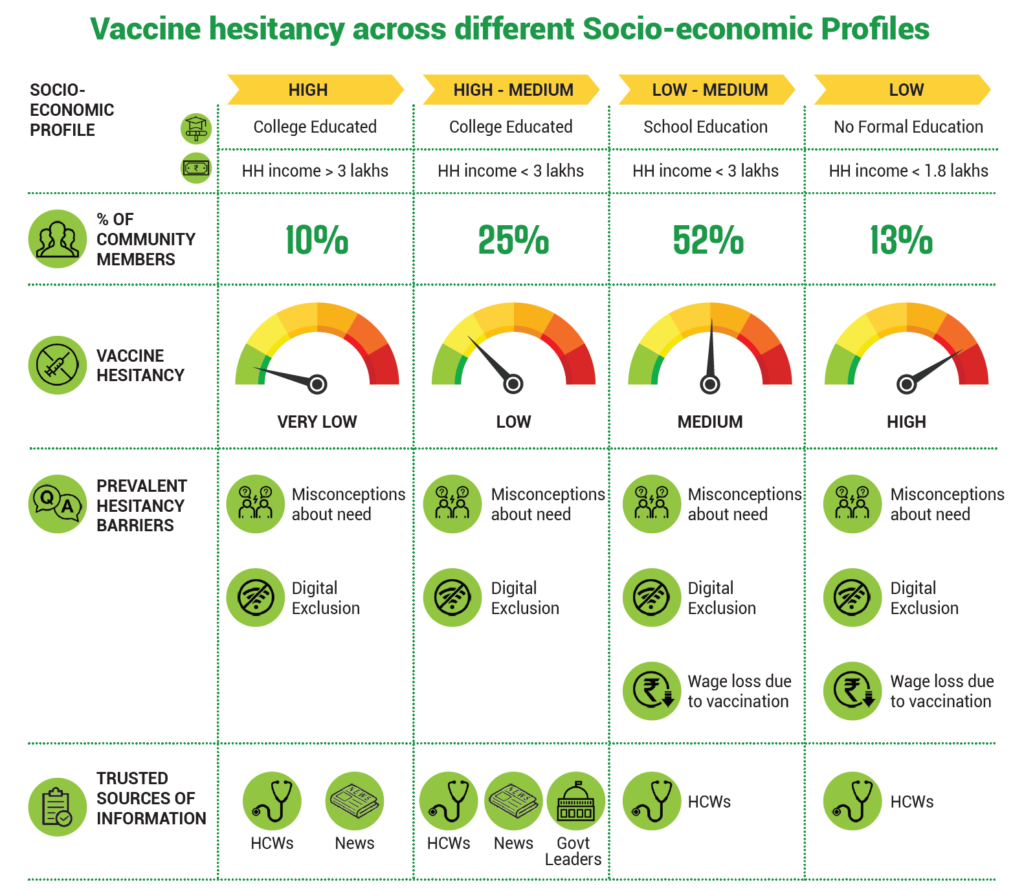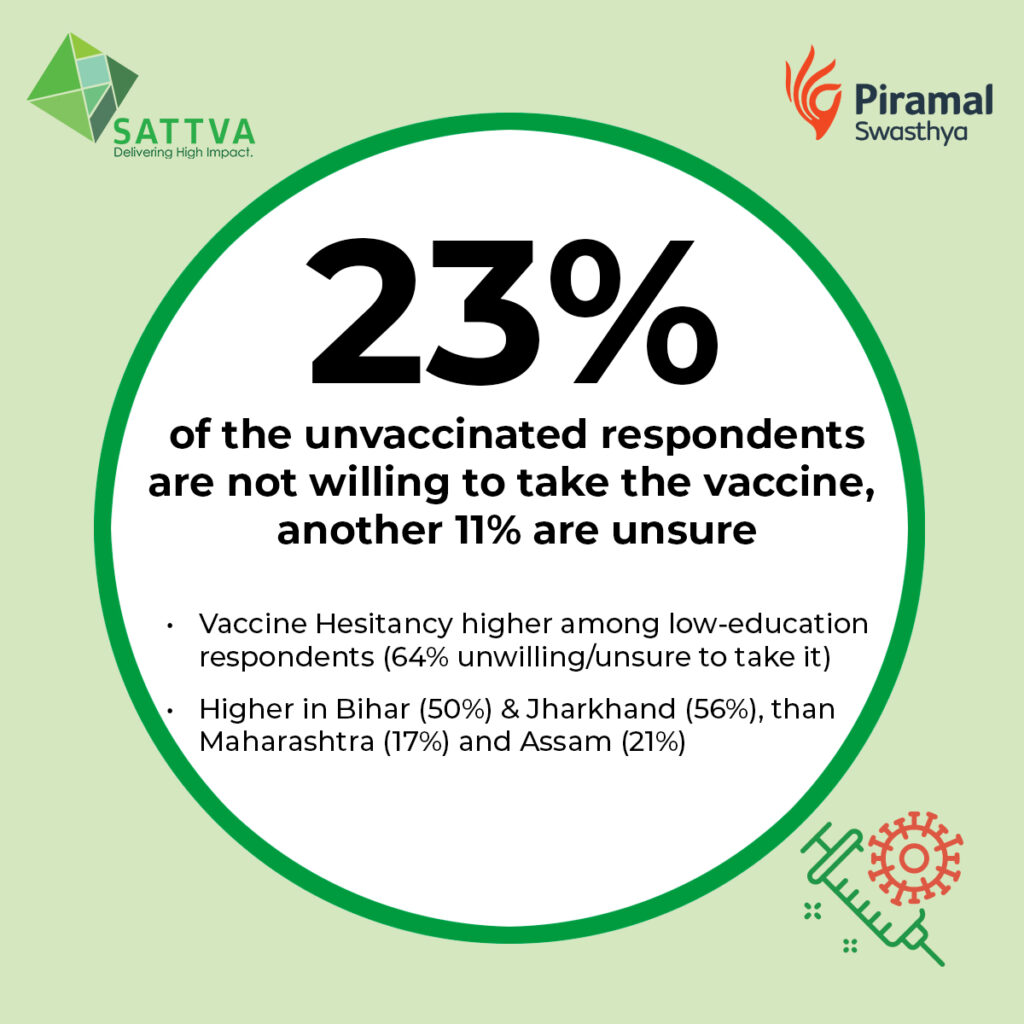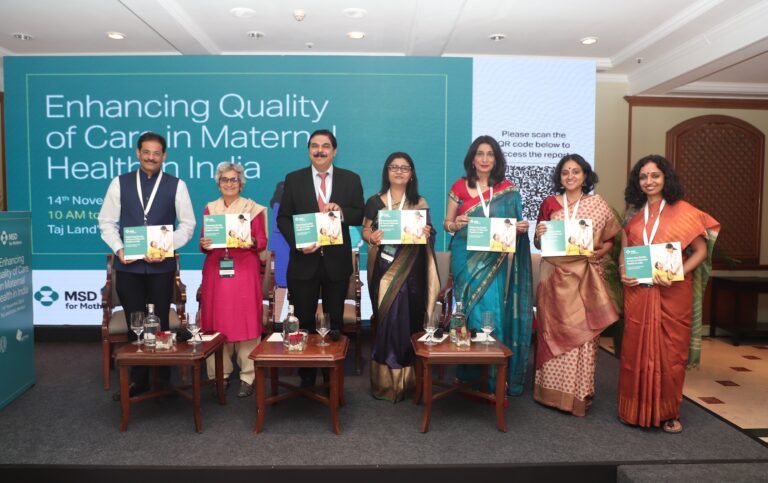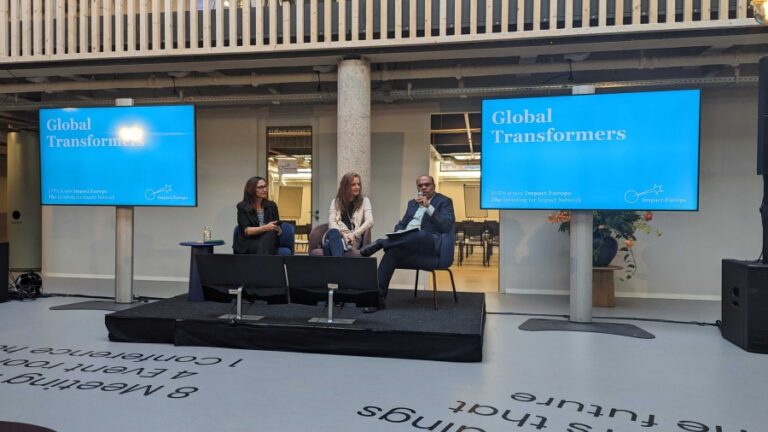Levers for Vaccine Adoption
Background
34.91 crore people in India had already been partially or fully vaccinated against COVID-19, as of 28th July. While significant progress is being made, uptake of vaccination among certain groups of people has been held back by the prevalence of vaccine hesitancy.
To gain a better understanding of who are the people more likely to be hesitant and why, Sattva in partnership with Piramal Swasthya, conducted a small survey of 418 respondents in rural areas across 25 aspirational districts in 7 states of India, along with 215 healthcare workers, 140 panchayat members and 90 religious leaders. While the sample is not statistically adequate to generalise the results across India, they provide some strong indications about various aspects of hesitancy that are prevalent.
Some major insights from the results of the survey are outlined below:
– 23% of the unvaccinated respondents are not willing to take the vaccine, another 11% are unsure.
– Convenience of obtaining the vaccine is a major uptake barrier, with lack of information about the vaccination process reported by 35% of respondents and wage loss incurred due to the vaccination process reported by 32% of respondents.
– Many misconceptions prevail, for instance 35% people reporting that people who perform hard labour don’t need vaccination, and this remains an important barrier to vaccine uptake
– Level of Confidence in the vaccine and public health system is high, with 79% reporting the vaccine to be beneficial, though some concerns about side-effects remain.
– Culture seems to not have any detrimental effect on vaccine uptake, with only 22% reporting being influenced by their religion/culture.
– Healthcare Workers (HCWs) are the most trusted source of information on the vaccine, with 66% reporting such trust.
– 50% report no influence of trusted sources leaving scope for strategic communication to drive uptake, especially amongst the youth and socio-economically vulnerable
– Government messaging has a greater positive impact on vaccine uptake with lower negative spill over effects, as compared to the media.
Hesitancy is highest among people with low levels of education and low levels of income, as shown below.

As seen in the table, not only is the likelihood of being hesitant higher among certain groups but the nature of barriers to vaccination and the people/institutions trusted to guide vaccine uptake behaviour also differ. Therefore, there is a need to better understand not just the extent of hesitancy to vaccination, but also what are the actual barriers driving this hesitancy among different groups of people, especially the socio-economically vulnerable, to ensure targeted interventions. In conclusion, it is important to design tailored solutions to ensure equitable access to COVID-19 vaccination and to effectively address the underlying hesitancy amongst the most vulnerable – this is most achievable through programmes that are designed and operationalised using nuanced insights that are representative of the local.
You can access the short findings, here:
For more detailed findings, click:
Or click on the ‘Download’ link on the right side of the page.
—————————-
Sattva engages with partner non profit organisations that aim to help them capacity build and strengthen on-ground impact.
Please get in touch with Sattva at impact@sattva.co.in if you would like to discuss partnering with us to understand levers that can be leveraged to enhance vaccine adoption across the geographies of your programmes/ interventions.




